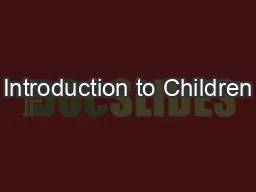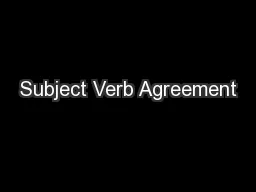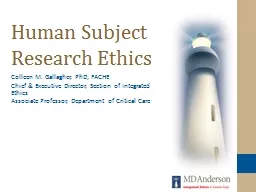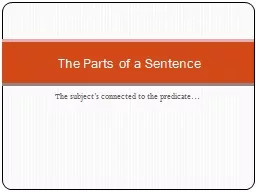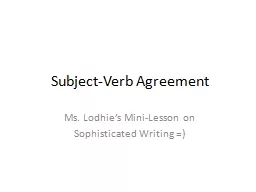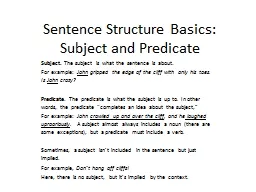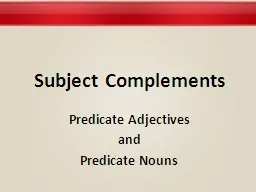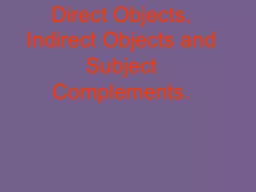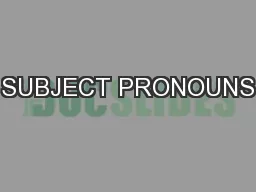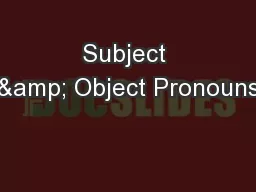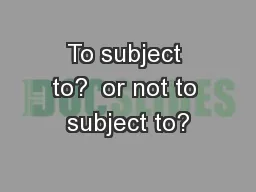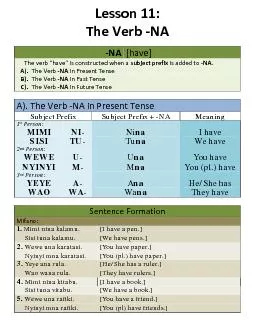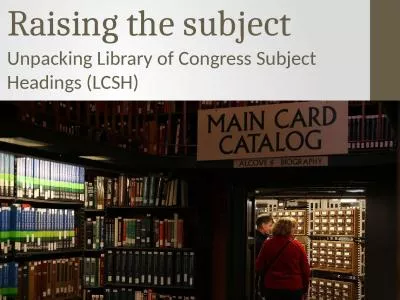PDF-Introduction to Children’s Subject HeadingsThe Children’s an
Author : celsa-spraggs | Published Date : 2016-04-22
Cataloging of Children146s MaterialsCommittee librarians and other users In 1996 the AC listwhich had been maintained in a word processing filewas converted to individual
Presentation Embed Code
Download Presentation
Download Presentation The PPT/PDF document "Introduction to Children’s Subject ..." is the property of its rightful owner. Permission is granted to download and print the materials on this website for personal, non-commercial use only, and to display it on your personal computer provided you do not modify the materials and that you retain all copyright notices contained in the materials. By downloading content from our website, you accept the terms of this agreement.
Introduction to Children’s Subject HeadingsThe Children’s an: Transcript
Download Rules Of Document
"Introduction to Children’s Subject HeadingsThe Children’s an"The content belongs to its owner. You may download and print it for personal use, without modification, and keep all copyright notices. By downloading, you agree to these terms.
Related Documents

